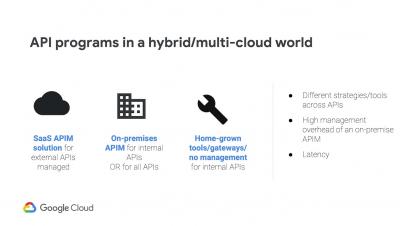Develop a WordPress Plugin Using Webpack and React
Ghost Inspector is an automated browser testing tool for continuously monitoring websites. We recently released our WordPress plugin to show test results inside your WordPress admin dashboard. In this tutorial, you will learn how to build your own plugin using React, Webpack, and the Ghost Inspector API. You can view the final source code on GitHub.










